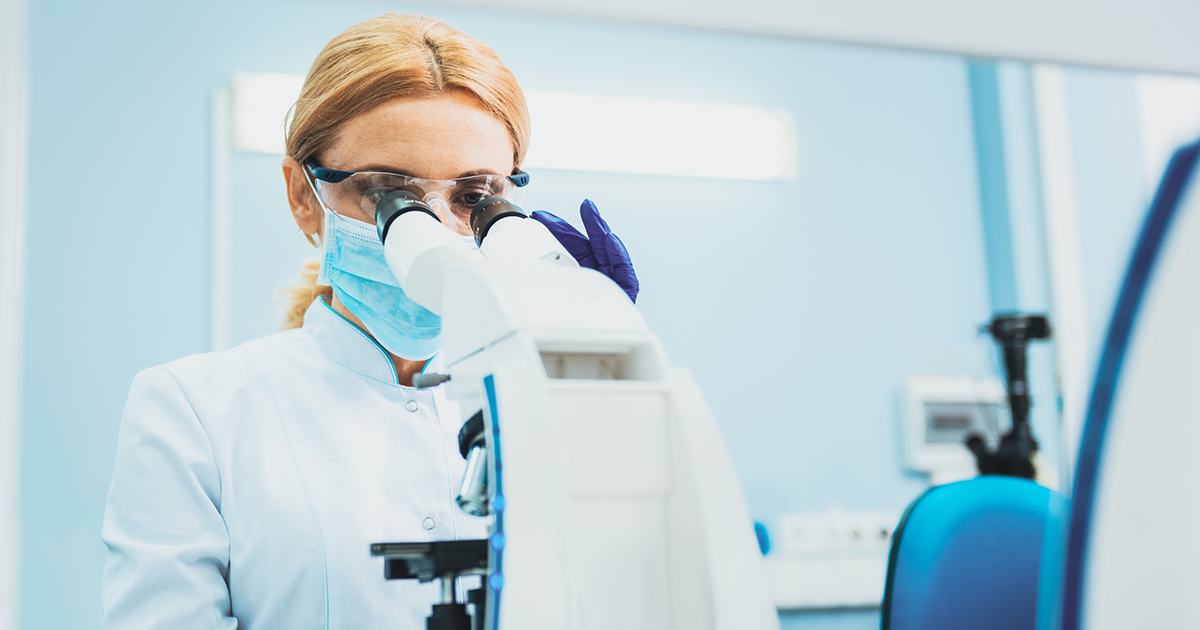Causes & Risk Factors Of Osteopetrosis
The bones of the average person regenerate at the same rate as the old bone disintegrates. However, there is a condition called osteopetrosis that can cause abnormally dense bones. This occurs when the new bone mass grows faster than the rate the old bone mass disappears. Even though osteopetrosis causes the bones to be denser, the bones will easily break from normal, everyday actions and the disease can cause many other problems in the body. There are three types of osteopetrosis: a severe form that presents itself at or near birth, a less severe form found in children, and the mildest form, which shows up in adolescents or adults. Osteopetrosis is generally caused by a gene breakdown in the body.
Gene Mutations

Osteopetrosis is caused by gene mutations of at least nine genes, which are responsible for the development and functioning of osteoclasts. Osteoclasts are cells that maintain the bone development process of 'out with the old, in with the new.' Gene mutations can either affect the way osteoclasts work or cause osteoclasts to be missing.
The gene mutation that causes the most cases of osteopetrosis is the mutation of the CLCN7 gene. It causes over seventy-five percent of autosomal dominant inheritance cases and almost fifteen percent of autosomal recessive inheritance. In the case of intermediate autosomal inheritance cases, one hundred percent of these cases are caused by the mutation of the CLCN7 gene. Another gene mutation that is a major player in osteopetrosis is the mutation of the TCIRG1 gene, which causes around half of the cases of autosomal recessive osteopetrosis.
Autosomal Dominant Inheritance

This version of osteopetrosis occurs when one of the parents' dominant genes is mutated. This parent is considered a carrier of the mutation. In this scenario, a couple will have a fifty-fifty chance of having a child with osteopetrosis. Autosomal dominant inheritance causes the mildest form of osteopetrosis that occurs in adults. In individuals with this form of the disease, they may not display any symptoms. If they do display symptoms, they include bone fractures, arthritis, scoliosis, or a bone infection called osteomyelitis.
As stated before, the CLCN7 gene causes the vast majority of autosomal dominant inheritance cases. There have been over fifty mutations of this gene that have been discovered to cause osteopetrosis. This gene indirectly regulates the chloride ion levels in osteoclasts. Chloride ion can be thought of like fuel for osteoclasts, and when delivery is impaired, it prevents osteoclasts from breaking down bone at the rate it should.
